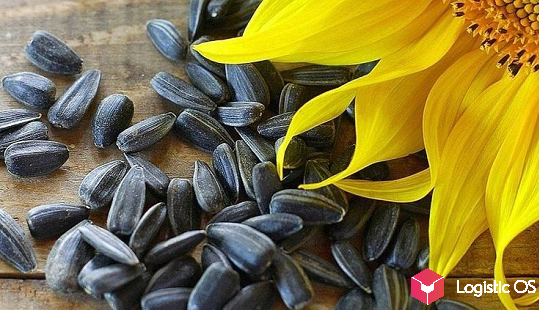The Rusagro group of companies, which was planning to sell the Primorskaya Soya plant, decided to keep this enterprise and load it with work.
Primorskaya Soya LLC was founded in 2015. Its capacities are designed for annual processing of up to 150-180 thousand tons of soybeans. However, in recent years, the facility has shown low profitability. For example, in 2019 the loss amounted to 125 million rubles.
Since December 2019, the plant has been idle. According to the management of Rusagro (the company owns 75% of the enterprise), this was the result of unfavorable market conditions.
In simple terms, the profit from the direct sale of soybeans to China exceeded the income from the use of the processing plant. Moreover, «Primorskaya Soya» has far from the most modern and not the most productive equipment.
Although the authorities of Primorye were against the closure of the plant, they could not do anything. And Rusagro offered most of its employees work in its other divisions (for example, in the pig breeding).
Will the mill be revived?
According to the latest statements by Rusagro, yes. Soybean export duties (30% of the customs value, at least 165 euros per tonne) forced to reconsider plans and choose a processing strategy. After all, duties have not yet been applied to processed products.
It is planned that Primorskaya Soya will be loaded with raw materials up to 60 thousand tons per year, that is, by about a third. As a result, it is planned to receive from it 10 thousand tons of soybean oil and 50 thousand tons of meal (if desired, these values can be increased to 30 thousand and 140 thousand tons, respectively).
Dmitry Rylko, general director of the Institute for Agricultural Market Studies, said that soybean producers reacted positively to the opening of the enterprise, because it would resolve the issue of marketing the crop.
In 2020, Rusagro harvested 282 thousand tons of soybeans.
Selling it to China is currently unprofitable because of the duty, and bringing it to central Russia is unprofitable due to logistics costs.
In this situation, processing plants are practically the only option to save the crop.

By the way, given that Rusagro is also engaged in pig breeding (75 thousand tons of pork per year), it could well use the same soybean meal as feed for pigs.
This would make it possible to sell at least 15 thousand tons of meal, that is, a third of its annual production at Primorskaya Soya.
As for soybean oil, it can be sold to China in almost any volume: there is always a demand.
Thus, the export duty turned out to be a factor that could save the company from bankruptcy — at least temporarily.

